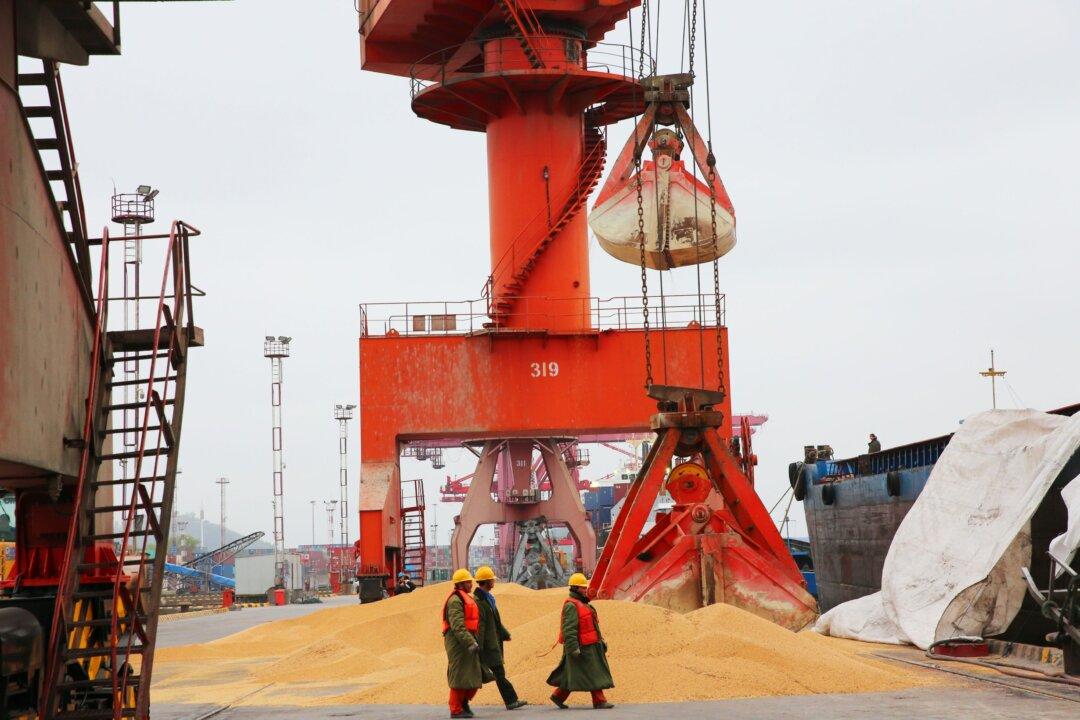China’s Shanghai Interbank Offered Rate (SHIBOR) shot up to a record of 13.44 percent last week as deteriorating loans at rural banks forced panicked short-term borrowing.
Shibor has published daily reference rates since 2006 for wholesale interest rates charged by Chinese banks to other banks for unsecured overnight to one-year money-market loans. Shibor’s median overnight borrowing rate had been averaging about 1.84 percent in June. But the surge to 13.44 percent on June 20 was higher than 8.22 percent in January 2011 at the height of the Global Credit Crisis.





